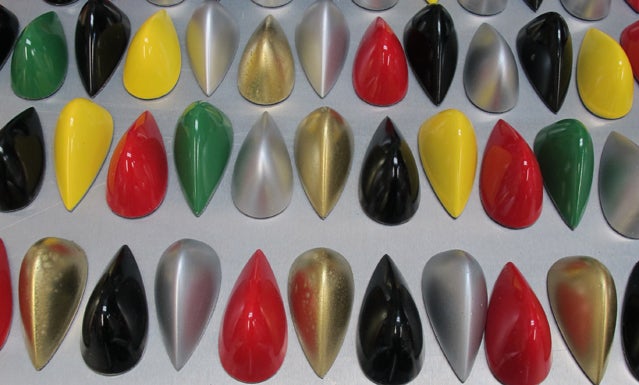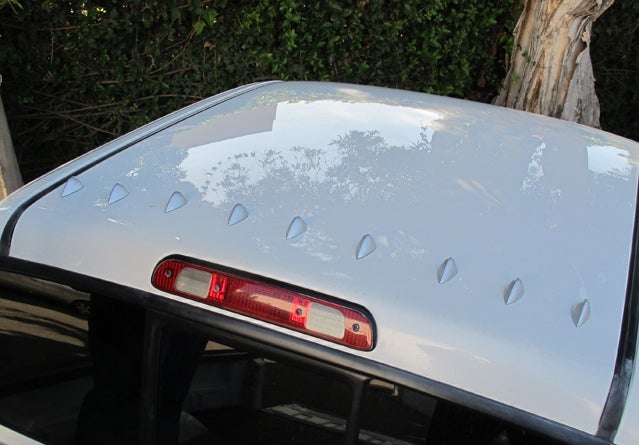
Armed with an engineering degree that he earned not from a university but from “watching nature,” and with years of experimenting and designing better scuba fins, a Santa Barbara-based entrepreneur has created a small airfoil that could significantly improve a vehicle's fuel efficiency over a lifetime of driving.
Bob Evans spent his formative years in Hermosa Beach and became a deep-sea diver and photographer. But an idea he had for improving swimming fins turned him into an inventor, . He copied the V-shaped fins he saw in fish and other sea-life to develop his own line of swimming and diving fins, called . From there, he took what he'd learned about fluid dynamics from developing better finsÔÇöwhich move through water with less effort from the swimmer, compared to conventional finsÔÇöand applied it to the dynamics of air moving over a vehicle.
Again, he was inspired by life under the sea. He wondered what purpose the small bumps atop the heads of whales and on the bodies of lobsters serve. He started mimicking these animals by adding small bumps to some of the fins he sells. The bumps helped the fins cut resistance. Why wouldn't they also help a car cuts its wind resistance?
The GasPods are simple, smooth bumps that resemble tiny time-trial helmets for cycling. They're not exactly rocket science (as one of the commenters at the Pacific Standard points out) and you've likely seen similar bumps or curves in vehicle design. But what makes GasPods interesting is that car owners who select the magnetic version (they're also available in an adhesive form) can really experiment with them to determine which number and configuration of pods will cut their car's aerodynamic dragÔÇöand, therefore, their gas costsÔÇöthe most.

With his wife and GasPods cofounder Susanne Chess, Evans is testing the GasPods with a group of drivers that are documenting their mileage and the types of trips they take. They tell me that “long-distance commuters and recreational road trippers” are the two groups that stand to see the most gas savings. One of the testers, who drives a 2003 Mazda MPV, is determining whether or not the GasPods will cut fuel use despite the turbulence-inducing sports racks he carries on the roof.
For in-town driving, the pods are getting Evans and his wife just a five percent boost in efficiency in their Volvo Cross Country XC70 (AWD)ÔÇöbut that still helps the bottom line, since Evans figures that saves him $6.19 per tank at current gas prices. And another tester, who has a 60-mile daily commute, is squeezing an extra 40 miles out of her 11-gallon Toyota Yaris tank each week.
ÔÇöMary Catherine O'Connor